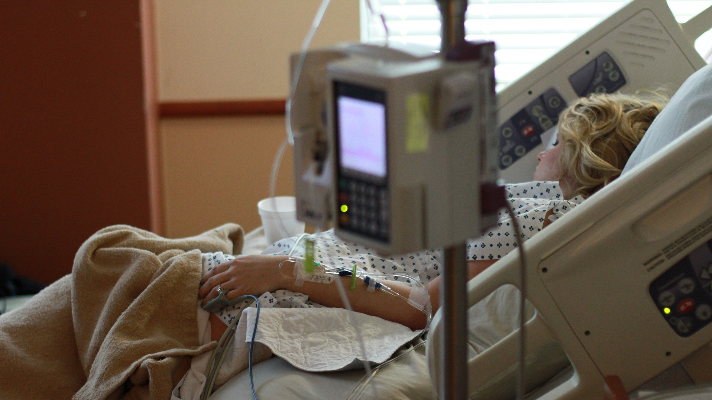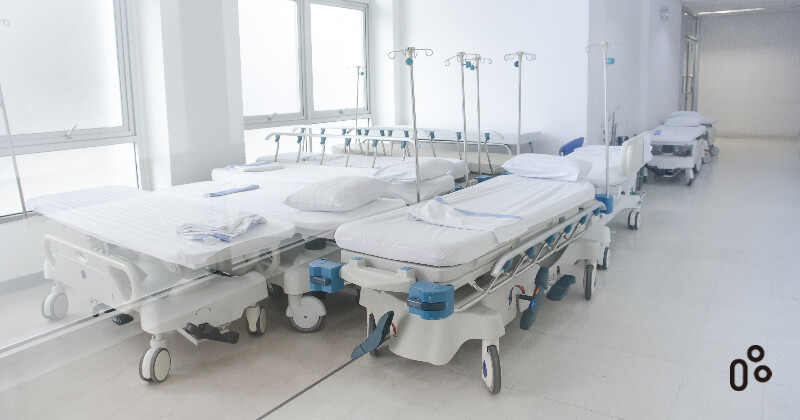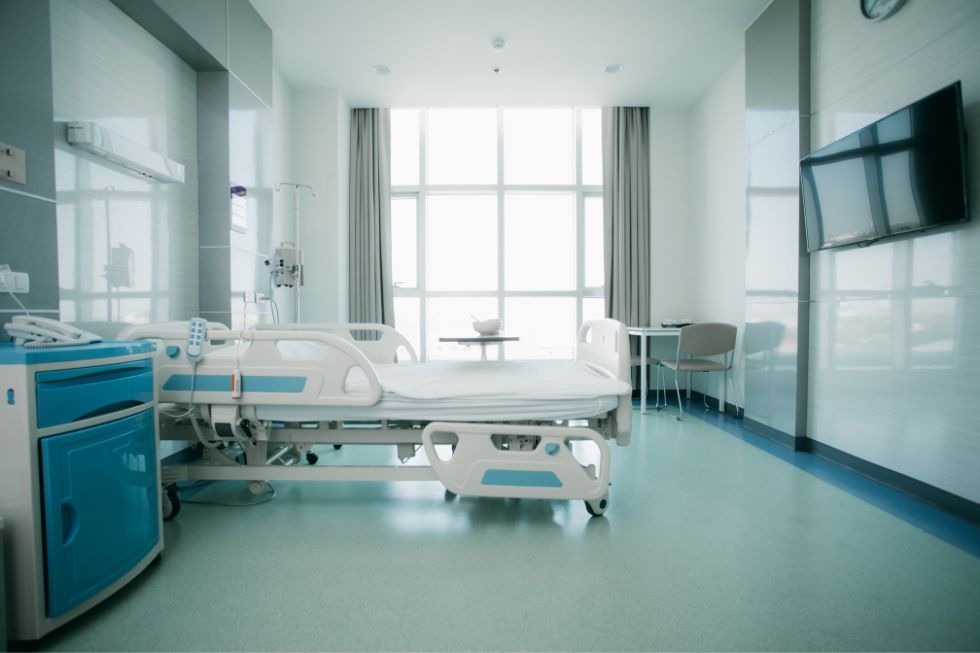Top Guidelines Of Hospital Beds For Home Use
Table of ContentsHospital Beds For Home Use Fundamentals Explained9 Simple Techniques For Hospital Beds For Home UseHospital Beds For Home Use Things To Know Before You BuyMore About Hospital Beds For Home UseNot known Facts About Hospital Beds For Home UseOur Hospital Beds For Home Use PDFsSee This Report on Hospital Beds For Home Use
There are three major types of medical facility beds: manual, semi-electric, and fully-electric. These beds utilize hand cranks to readjust the bed's elevation and increase and reduce the head and the foot.
Semi-electric beds have an electric motor to raise and lower the head and foot portions of the bed (hospital beds for home use). Full-electric beds have an electrical motor that can increase the head and foot sections of the bed as well as the entire height and positioning of the bed.
The Of Hospital Beds For Home Use
There are several kinds of hospital beds, each made to meet particular person demands. Below are some usual types: This is the most typical type of medical facility bed, developed for basic medical use.
Reduced to the ground than a standard bed. This kind of bed is made for bigger patients, with a broader frame and higher weight capability than a conventional bed. This kind of bed is made especially for kids, with smaller sized sizes than a typical bed. Special functions such as full length side rails and anime design.
This kind of bed is designed for seriously unwell clients that require open tracking and specialized clinical tools such as ventilators and mixture pumps. This kind of bed is created for use throughout labor and delivery, with adjustable placements and attributes to support the mommy and baby during the birth process.
Facts About Hospital Beds For Home Use Revealed
Numerous function and the devices perform expanding grip to various components of the vertebra and the extremities without moving the body. These are simply a couple of examples of the sorts of medical facility beds offered. The details kind of bed utilized will rely on the patient's problem, clinical requirements, and other aspects.
Right here is the important things you require to understand. A one-function medical facility bed is a clinical bed that allows a person to move only the head or foot section up or down. A 2 function hospital bed usually refers to a kind of clinical bed that has two adjustable functions to help patients in healthcare facilities or care facilities.

About Hospital Beds For Home Use
A 7-function ICU bed is a sort of clinical bed that offers a number of adjustable functions to support seriously ill individuals in an extensive care device (ICU) (hospital beds for home use). The seven functions generally include: Backrest modification: The back-rest can be adapted to numerous angles to assist the individual stay up or relax pleasantly
Height adjustment: The bed can be raised or lowered to make it simpler for patients to obtain in and out of bed, and for caretakers to offer treatment. Trendelenburg position: The whole bed can be slanted to promote blood circulation and circulation in the body. Reverse Trendelenburg position: The bed can also be slanted in description the contrary instructions to advertise blood flow and flow in the top body.
While more affordable than electric designs, these beds need physical effort for modifications. The major advantages of hand-operated beds are their affordability and dependability, as they do not depend on electrical energy. The need for manual effort can be a limitation in situations where fast modifications are needed or where caretakers face physical challenges.
The Greatest Guide To Hospital Beds For Home Use
Semi-electric hospital beds supply a balance of manual and electrical controls. These beds give a perfect center ground in between guidebook and completely electric options, offering simplicity of use without the complete cost of electric versions.
Semi-electric beds are well-suited for clients that need moderate changes to the head and foot areas our website yet can take care of without constant height modifications. This makes them an affordable option for those looking for comfort and comfort without the requirement for continuous repositioning. Completely electrical hospital beds include electric controls for smooth changes to the elevation, head, and foot sections.
Specialized hospital beds, such as ICU beds, lasting care beds, and bariatric beds, are carefully designed to resolve specific clinical requirements. These beds use customized take care of varied client groups, improving both outcomes and comfort. In the adhering to sections, we will certainly discover the primary kinds of specialty healthcare facility beds, detailing their certain benefits and applications.
With years of experience in producing electrical linear actuators - hospital beds for home use and close collaboration with the healthcare industry, TiMOTION is well-positioned to offer reliable healthcare solutions. Our up and down incorporated business handles every step of the production process, from style to actuator assembly, ensuring we deliver exceptional value and customized remedies customized to your certain requirements
What Does Hospital Beds For Home Use Do?

To discover more regarding find here integrating these technologies into your products, contact us today. Additional reading:.
Data is sourced from the Medicare Expense Report. Accessed January 2025. Temporary intense treatment medical facilities have the greatest typical number of beds at 187. They are the most common type of health center in the U.S. and compose even more than 50% of U.S. hospitals. Children's medical facilities have 178 beds on average and VA hospitals ordinary 175 beds.

Some Known Details About Hospital Beds For Home Use
A medical facility bed is a bed created specifically for clinical functions. It is not only an area for individuals to rest, yet also a system for clinical procedures. Unlike ordinary home beds, hospital beds normally have flexible functions, which can help with clinical personnel to make numerous modifications according to the requirements of people, such as changing the elevation, disposition, and assistance angle of the back and legs of the bed.